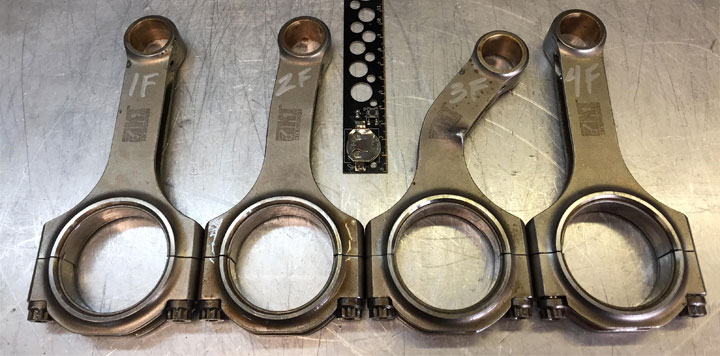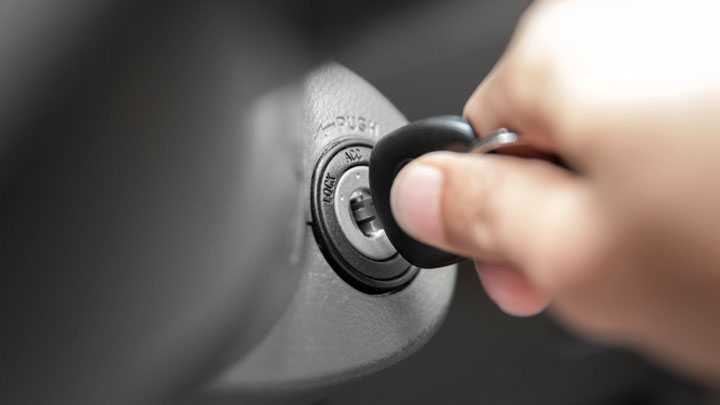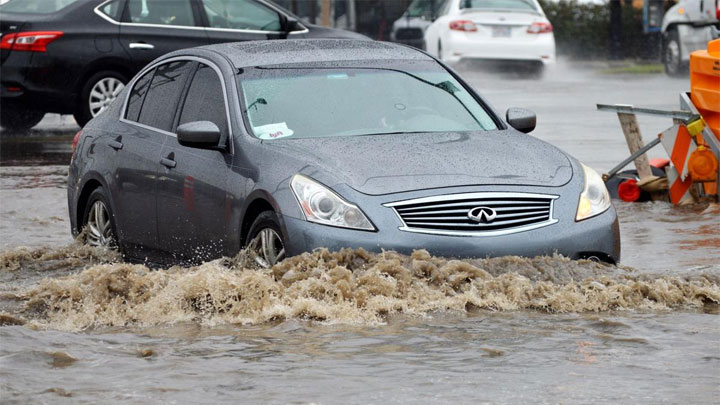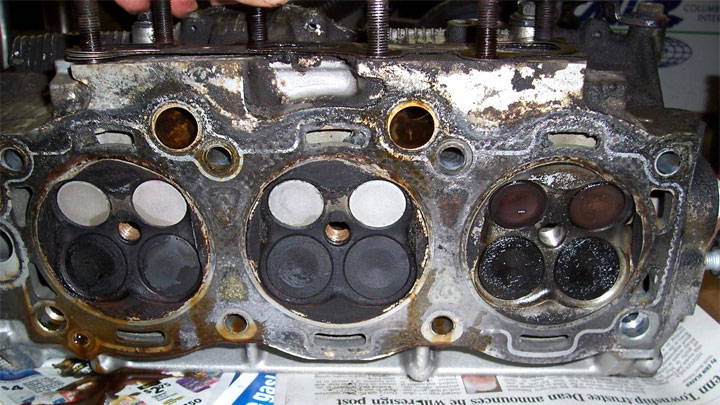Last Updated on October 10, 2022
In a perfect world, every engine would run as intended for an indefinite period of time, free of significant issues. Unfortunately, mechanical devices of any type are prone to failure in time, with the internal combustion engine being no exception. Though unpleasant to think about, a vehicle’s engine can fail in several specific ways, leading to damage of varying degrees.
Of these conditions, few are as dreaded as hydrolock. Though generally rare, hydrolock can wreak havoc on an engine’s internal components, even damaging an engine beyond repair in the most severe cases. Luckily, most drivers will never encounter a true case of hydrolock. However, those that do will not soon forget it.
In any event, it certainly pays to understand the characteristics of hydrolock, as well as the root cause of this condition. Such knowledge has the potential to spare your engine from cataclysmic failure, preventing a series of hardships along the way.
Read on to learn more about hydrolock, as well as what to do, should you encounter this situation yourself.
What is a Hydrolocked Engine?

The term “hydrolocked”, describes an engine that’s internal movement is halted, due to the presence of fluid on top of one or more pistons.
Since fluid, in general, is largely incompressible, the piston found within the affected cylinder is prevented from reaching the top of its stroke. This effectively “locks” an engine’s rotating assembly in place, thereby preventing any further movement.
The most common culprit behind hydrolock is the inadvertent introduction of water into an engine’s cylinders. However, the escape of coolant into a cylinder, as the result of another mechanical issue, can also pose a risk of inducing a hydrolock condition.
Hydrolock can occur in engines that are both running and at rest, depending upon the exact situation at hand. In running engines, sudden hydrolock will lead to stalling, often at the expense of various internal components.
On the other hand, attempting to start a hydrolocked engine, that has previously gone unused, is generally a futile effort.
What Kind of Damage is Done When Hydrolocking?

When an engine hydrolocks, it is not uncommon for any number of internal components to become damaged. However, on rare occasions, an engine can also hydrolock without any discernible damage.
By general rule, the amount of damage incurred from hydrolock is directly proportional to the speed of an engine when hydrolocking takes place. The faster an engine’s speed, the more devastating the results of hydrolock typically are.
Any damage observed when an engine hydrolocks, comes as the result of the sudden stoppage of mechanical components that had been operating at speed only moments earlier.
The momentum of an engine’s rotating assembly is often absorbed by the weakest associated component, as all comes to an abrupt stop. This is often enough to deform or destroy the individual component(s) in question.
The following are several of the most common kinds of damage observed during hydrolock.
- Bent or broken connecting rods
- Ejected piston/connecting rod
- Cracked cylinder head
- Cracked cylinder wall
- Damaged crankshaft
- Compromised bearings
Symptoms of a Hydrolocked Engine

The symptoms associated with hydrolock vary, based upon the exact operating conditions of an engine when such circumstances arise. However, a number of these symptoms are far more prevalent than others.
The following are several of the most common symptoms associated with engine hydrolocking.
- Sudden engine stalling
- Abnormal sputtering
- Sudden “thump” noise when attempting to start engine
- Failure of engine to turn over
- Onset of knocking or hammering noise
Causes of a Hydrolocked Engine
#1 – Water

The most common cause of hydrolock is the intrusion of water from an outside source, into one or more of an engine’s cylinders. This situation often presents itself when a vehicle is exposed to flood waters of one degree or another.
When this occurs, water is allowed to enter through an engine’s intake manifold, before pooling within one or more individual cylinders.
Some reports indicate that such issues are slightly more prominent in vehicles equipped with a cold air intake. This stems from the fact that cold air intakes feature an “open” air inlet, rather than an enclosed filter housing. Therefore, the introduction of even moderate amounts of water into the area surrounding a cold air intake has the potential to cause hydrolock.
Water intrusion of this type can occur in both running and non-running engines, though resulting damage tends to be far more severe when hydrolock occurs at full engine speed. In the event that an engine does hydrolock when in operation, no further attempts at starting should be made until all water has been manually expelled.
#2 – Coolant

Another common cause of hydrolock is the introduction of coolant into an engine’s cylinders, due to another form of mechanical failure. Issues of this nature are most prevalently associated with head gasket failure.
A failed head gasket often allows coolant from an engine’s water jackets to seep into one or more of an engine’s cylinders. Failure of this type presents the most significant risk when a moderate amount of coolant collects within a cylinder of a non-running engine.
Assuming that the affected cylinder does not fill to capacity, upward movement of the cylinder’s piston/connecting rod will still be possible until the intruding coolant reaches the bottom of the cylinder’s head. In many instances, enough momentum is gained prior to hydrolock, to cause significant internal engine damage.
Can a Hydrolocked Motor Be Fixed?

Whether or not a hydrolocked engine can be fixed, is largely dependent upon a number of factors. These include the operational state of an engine when hydrolocking occurred, the number of cylinders that are affected, and the severity of damage incurred during hydrolock.
In the case of severely damaged engines, such as those that have ejected a piston/connecting rod through the oil pan or block, the repair is highly unlikely. This is also often the case when a piston or connecting rod has distorted severely enough to cause significant damage to its corresponding cylinder wall.
On the other hand, engines that have simply “locked” due to the incompressibility of water, without incurring internal damage, can typically be restored to service. This is most often done by removing all spark plugs, before cranking an engine over. Water is purged through these spark plug holes, thereby remedying the hydrolock itself.
Additionally, one must also determine the source of the fluid intrusion, to prevent future episodes of hydrolock. This is fairly self explanatory in the case of a flood damaged vehicle. However, further diagnosis is required when the intrusion of coolant has led to a hydrolock condition.
In such cases, any mechanical issue leading to coolant intrusion should be remedied prior to returning a vehicle to service. This most often involves the replacement of an engine’s head gaskets. However, pressure testing should also be conducted to rule out the presence of a cracked engine block or cylinder head.





Can it be fixed though?
You might be able to get it running again by deflooding the engine.
My car was sitting in my driveway for over a week covered up and air cleaner in place. The engine initially started, ran about 2 seconds then stopped. When it did start a couple days later it had a knock and water poured out of the right exhaust. Doesn’t make sense
A week of sitting shouldn’t hurt a thing. Sounds like there’s something else going on. Check all the basics, make sure you have oil and that there’s no obstruction in the engine air filter.